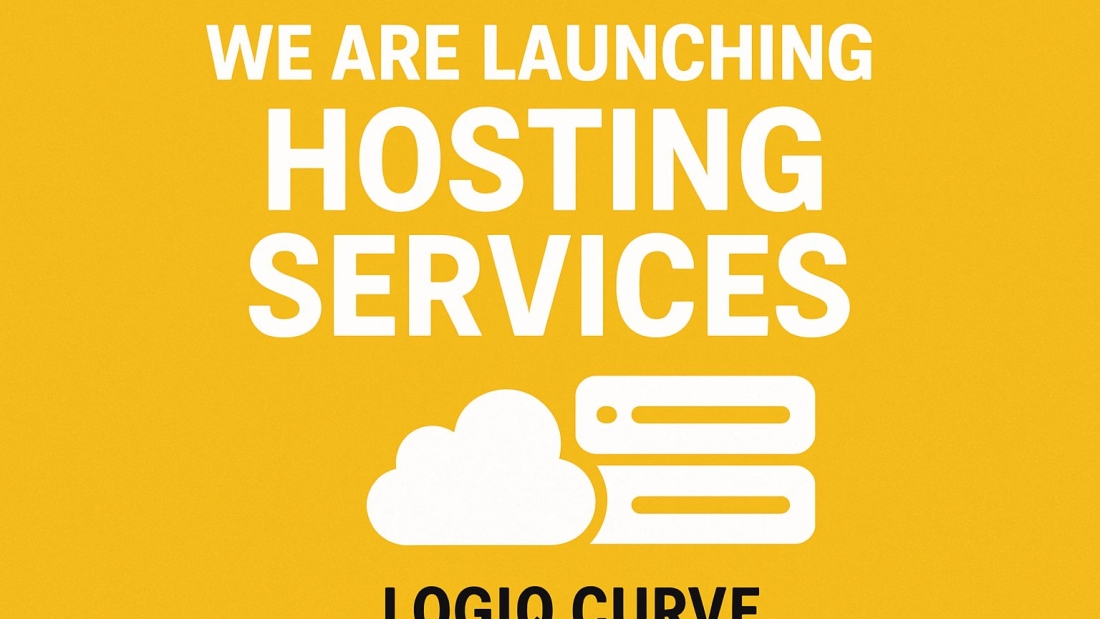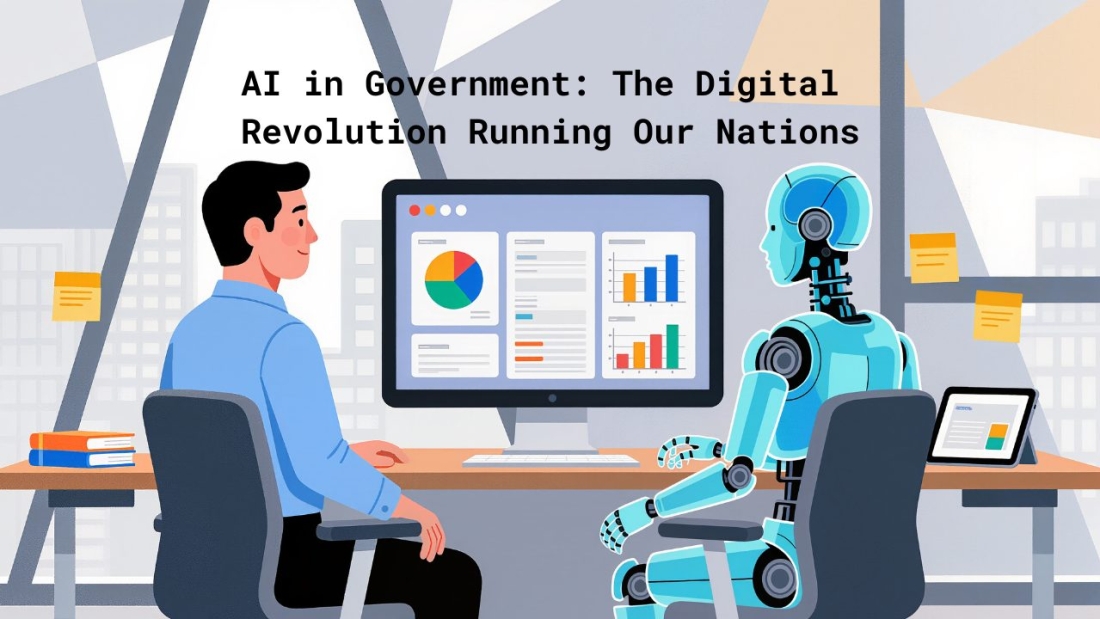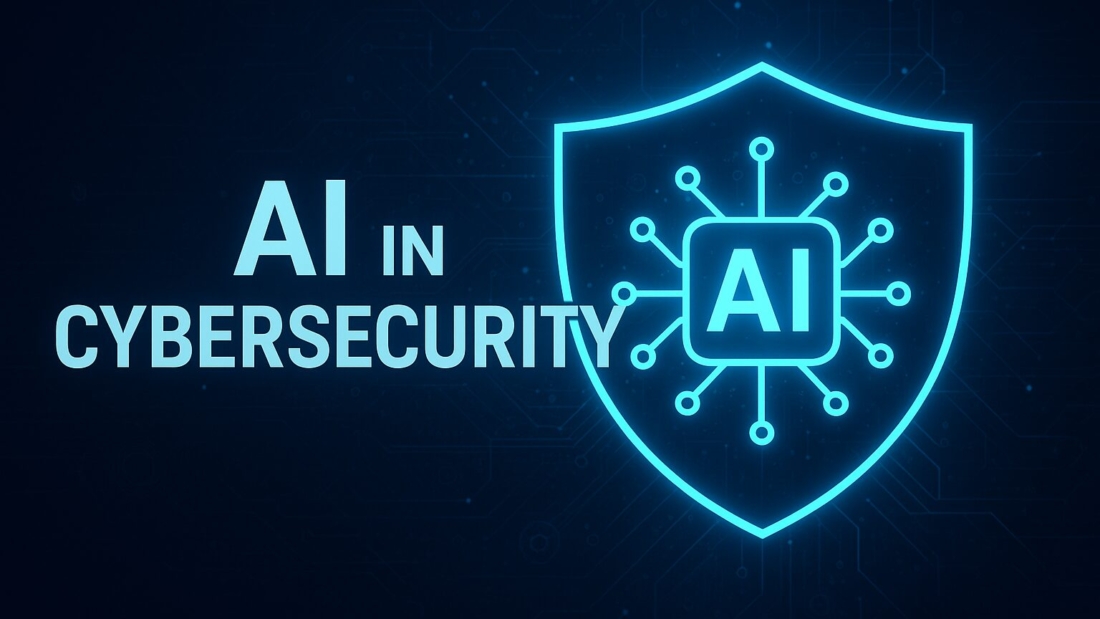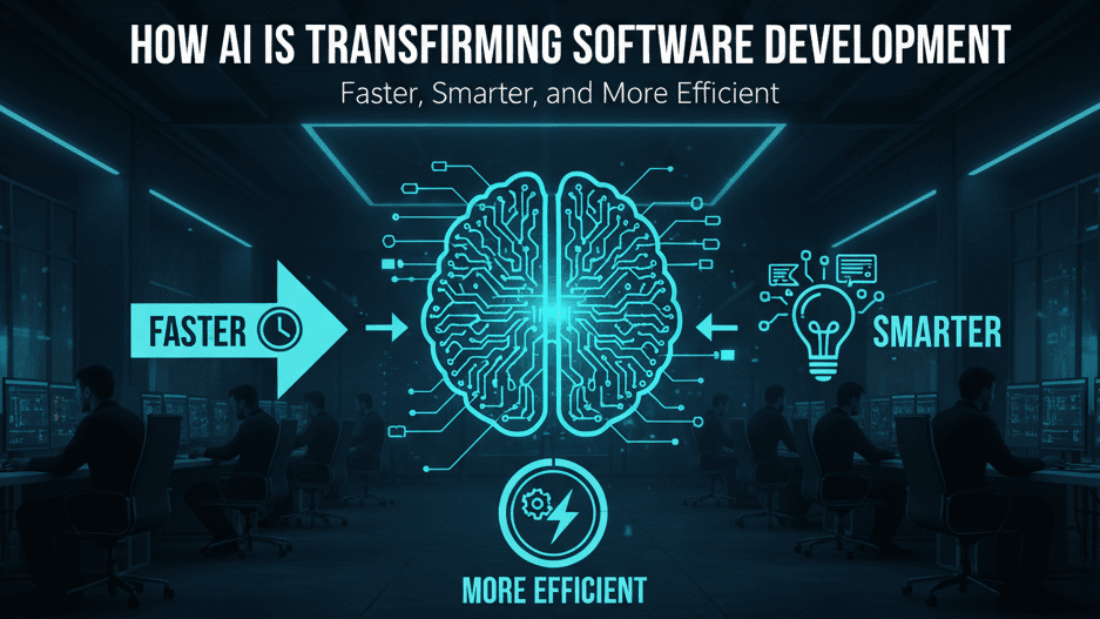Google has taken a massive step toward transforming the future of learning by giving students free access to its AI tools. This move is reshaping classrooms, making learning faster, smarter, and more personalized than ever before. With AI becoming a core part of modern education, Google wants to ensure students aren’t left behind.
Instead of learning the old-school way, students can now use AI for homework help, research, writing, coding, problem-solving, and even studying more efficiently. It’s like having a personal tutor available 24/7.
Why Google Is Offering Free AI
Making Education Accessible
Google wants every student—no matter where they live or what school they attend—to have equal access to high-quality educational support. By offering AI for free, it ensures that even low-income classrooms can benefit from advanced technology.
Competing in the Global AI Race
Countries worldwide are integrating AI into education. To stay ahead, Google is pushing AI tools into schools before competitors like Microsoft or OpenAI dominate the educational sector.
What Tools Google Is Offering
Gemini Education Version
This is a student-friendly version of Google’s AI model. It can:
- Help with assignments
- Explain concepts simply
- Debug code
- Create presentations
- Summarize long chapters
In short, it’s like having a smart study buddy.
AI-Powered Classroom Tools
Teachers get tools that help them analyze class performance, create worksheets, and adapt teaching methods based on student needs.
Google Workspace with AI
Students can use AI inside Docs, Sheets, and Slides to:
- Write essays
- Create notes
- Build research papers
- Organize study material
Everything becomes quicker and more efficient.
How Free AI Benefits Students
Personalized Learning
AI explains topics differently depending on what a student struggles with. If someone doesn’t understand math or science, AI finds a style that matches their learning speed.
Faster Assignments & Research
Instead of scrolling through endless websites, AI gives quick, relevant answers—saving hours of research time.
Smarter Study Management
AI helps students:
- Create study schedules
- Set reminders
- Break lessons into easy chunks
- Prepare for exams
It’s like a built-in productivity coach.
How Teachers Benefit
Automated Grading
AI can help teachers quickly evaluate quizzes and short assignments so they can spend more time teaching instead of marking papers.
AI Lesson Planning
Teachers can generate lesson plans, worksheets, and activities in minutes instead of hours.
Improved Student Performance Tracking
AI identifies struggling students and guides teachers on how to support them better.
Impact on Schools and Colleges
Digital Transformation
Schools adopting Google AI become more tech-aware and future-ready. It promotes smart classrooms, digital assignments, and online communication.
AI Literacy for Future Jobs
Students will enter the workforce with an understanding of AI tools—giving them a huge competitive edge.
Potential Drawbacks
Privacy Concerns
Some parents and experts worry about how student data may be stored or used.
Overdependence on Technology
If everything is done by AI, students might lose critical thinking and creativity.
Digital Divide Issues
Not all schools have internet access or devices, so not every student benefits equally.
Real-World Examples
U.S. Schools
Many public schools are already adopting Google’s AI for research, homework help, and classroom management.
Asian Countries
Nations like Singapore, Japan, and South Korea are rapidly adopting AI due to their strong digital infrastructure.
European AI Adoption
Countries in Europe are focusing on ethical and balanced integration of AI tools in classrooms.
The Future of AI in Education
AI will soon become a normal part of every classroom. From virtual labs to AI-powered textbooks, students will learn faster and smarter. Google’s free AI program is just the beginning of a global transformation.
Conclusion
Google giving free AI to students is a game-changing step in modern education. It bridges the gap between traditional learning and advanced digital technology. With AI support, students learn faster, teachers work smarter, and schools prepare better for the future. While challenges exist, the benefits overpower the drawbacks—making AI the new foundation of global education.










